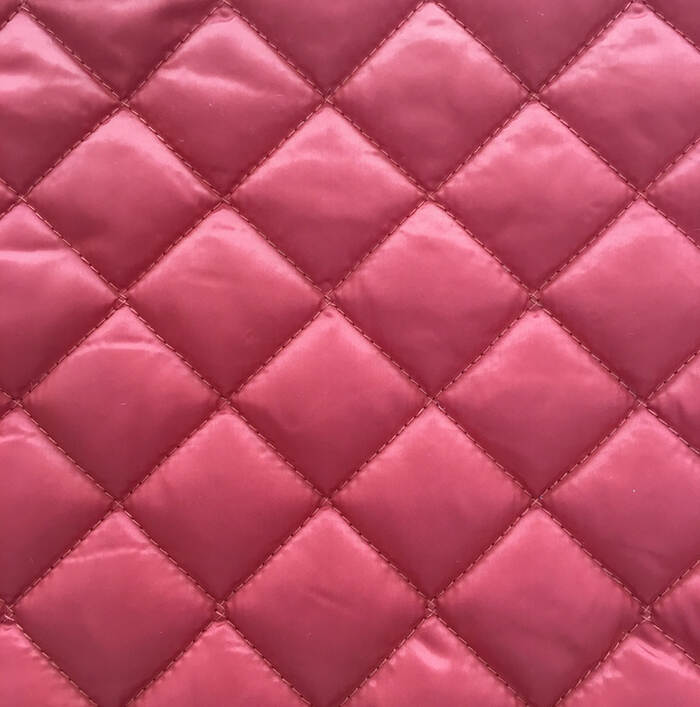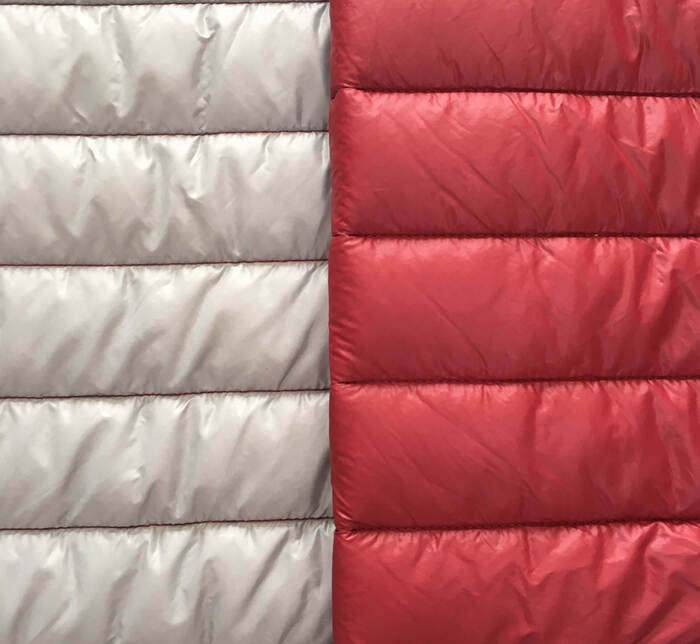Fang Hanfu fabrics, ultra-thin Nisi Fang


Product Description
Fabric smooth to the touch, elaborate, semi-opaque, thick, warm and padded. Width: 1.50 meters.
USES: Ideal for coats, beds, cribs, bassinets, bedspreads, instrument covers, bags, pencil case, cosmetic bag, clothes and accessories for pets.
How Is Taffeta Fabric Made?
This type of fabric is made with a variety of different techniques depending on the type of material that is used in its production. Silk production, for instance, involves the cultivation and harvesting of silkworm cocoons. This process is highly environmentally sustainable, but it results in the deaths of silkworms.
Once silkworm cocoons are boiled, they are unraveled or "reeled," and the resulting thread is then soaked in a mild, non-toxic solution. Finally, this thread is spun into yarn, and it may be dyed at this point. However, certain types of taffeta fabric are dyed after a bolt of fabric has already been woven.
While some taffeta fabric is made from semi-synthetic substances like cuprammonium rayon, it's much more common to find this product made from polyester. Since polyester is a fully synthetic textile fiber, its production process varies widely from that which is used to make silk.
Polyester is derived from a compound called ethylene, which is a constituent part of petroleum. This ethylene is reacted with dimethyl terephthalate at a high temperature, which produces a monomer alcohol. This monomer is then combined with terephthalic acid to produce the polymer known as polyester.
This molten substance is then extruded through a slot and allowed to cool into long ribbons. These ribbons are then chipped, and they have melted again. Next, this molten polyester is extruded through a spinneret, and the resulting strands of textile fiber are allowed to cool before they are stretched in a process called "drawing." Lastly, the drawn polyester fibers are dyed or subjected to flame retardant or antistatic treatments.
Once the raw textile fiber is acquired, taffeta fabric can be formed with either hand weaving or an industrial weaving machine. A special twisting procedure is used to provide the crisp and lightweight qualities of this fabric. Depending on the type of taffeta fabric that is produced, it may be dyed before or after weaving.
